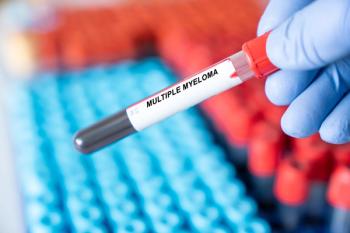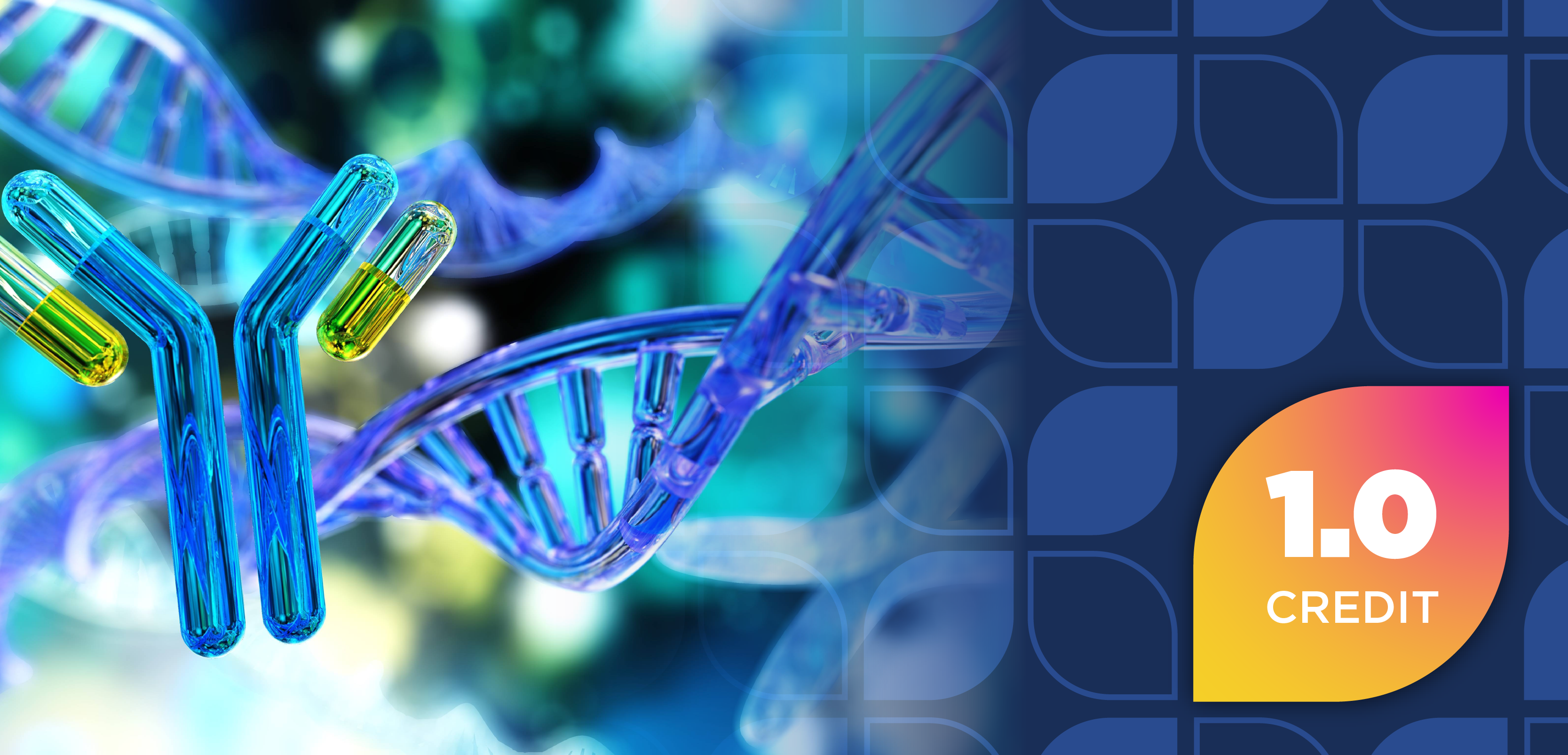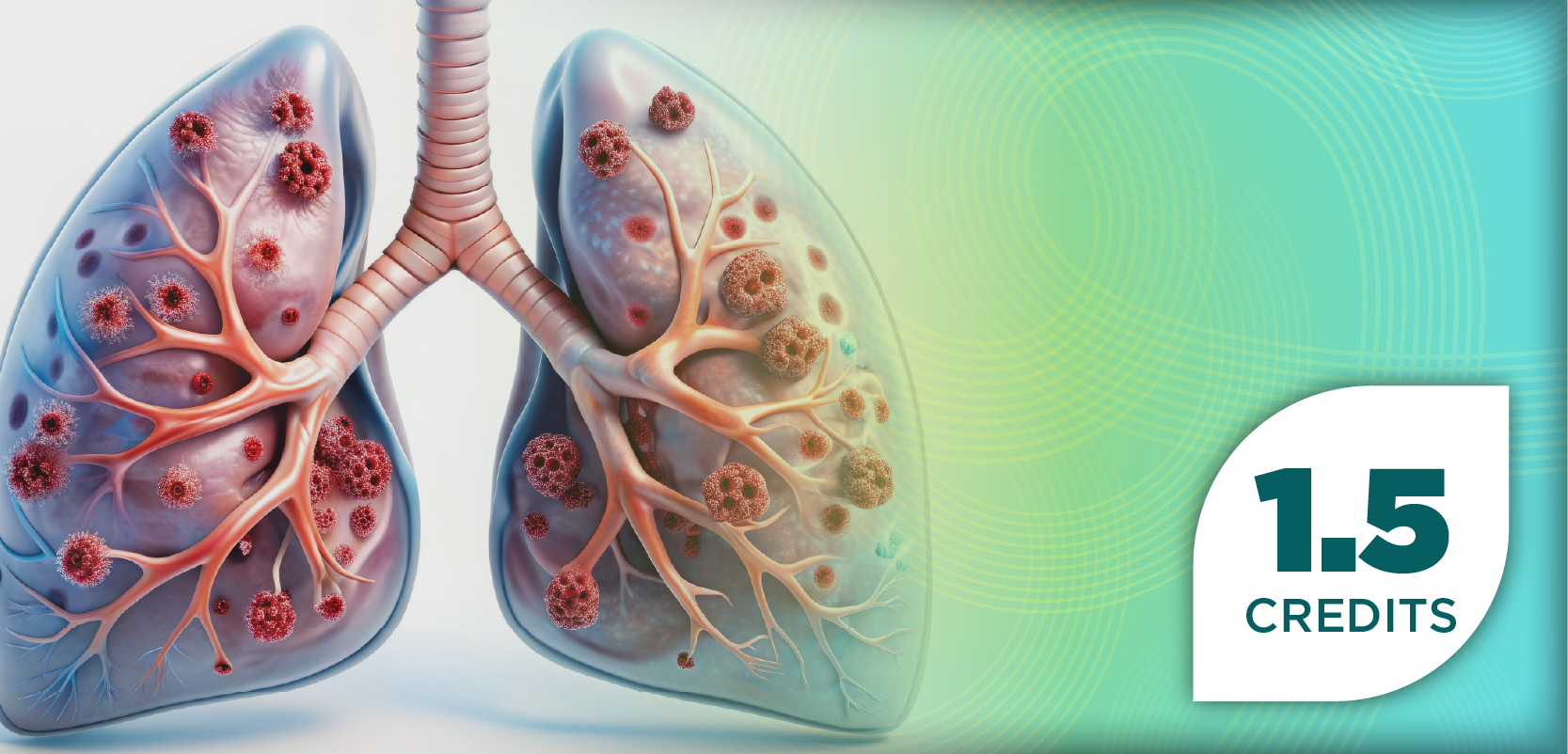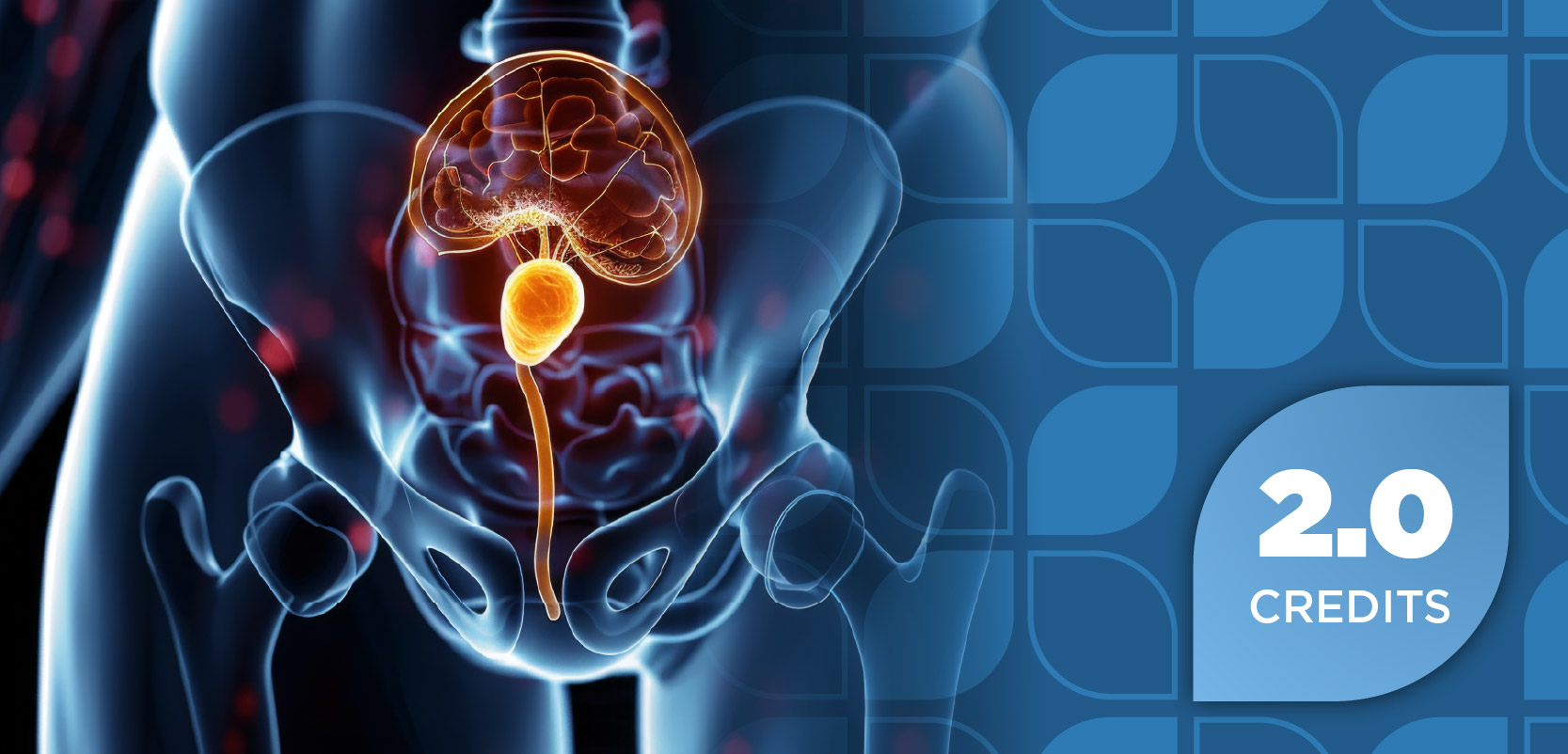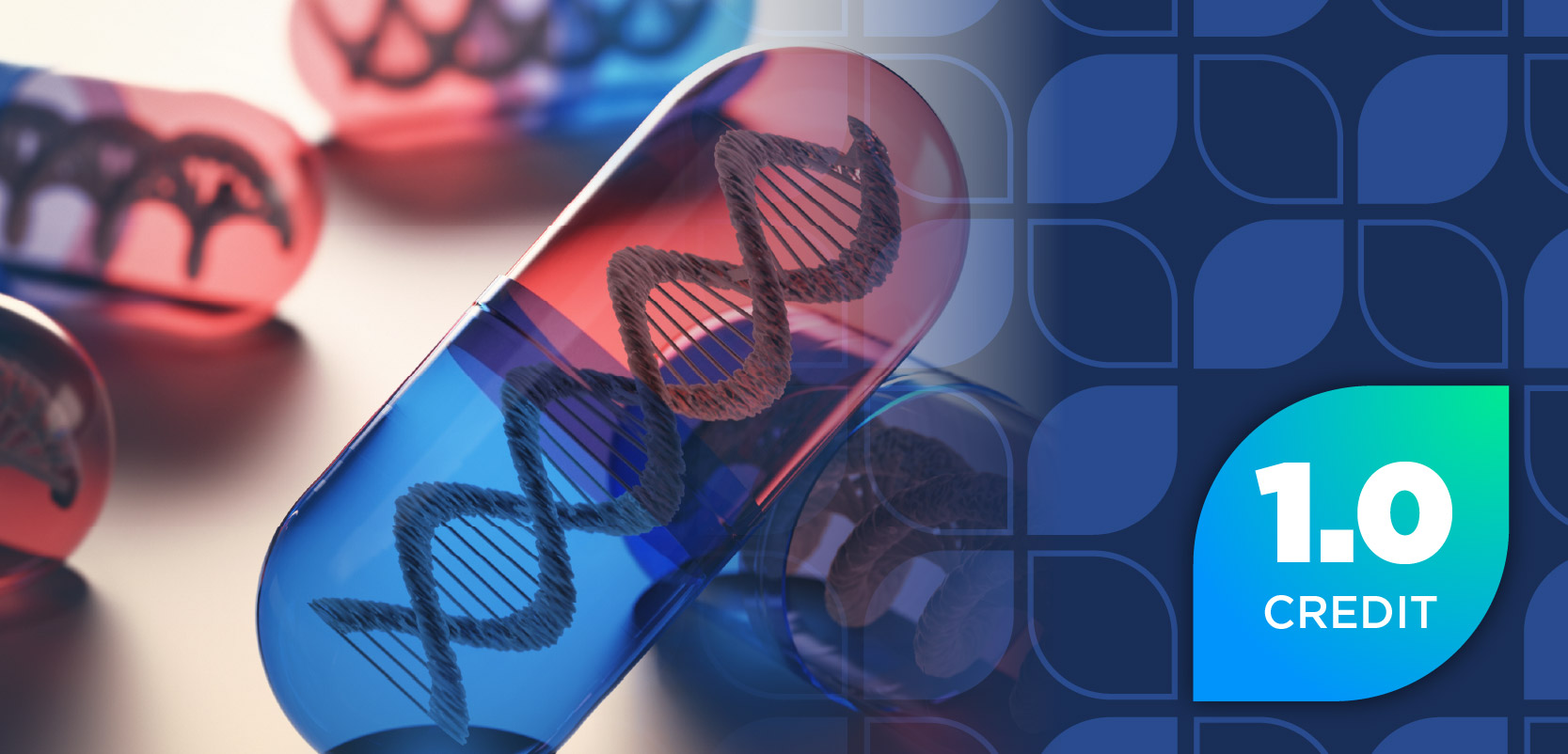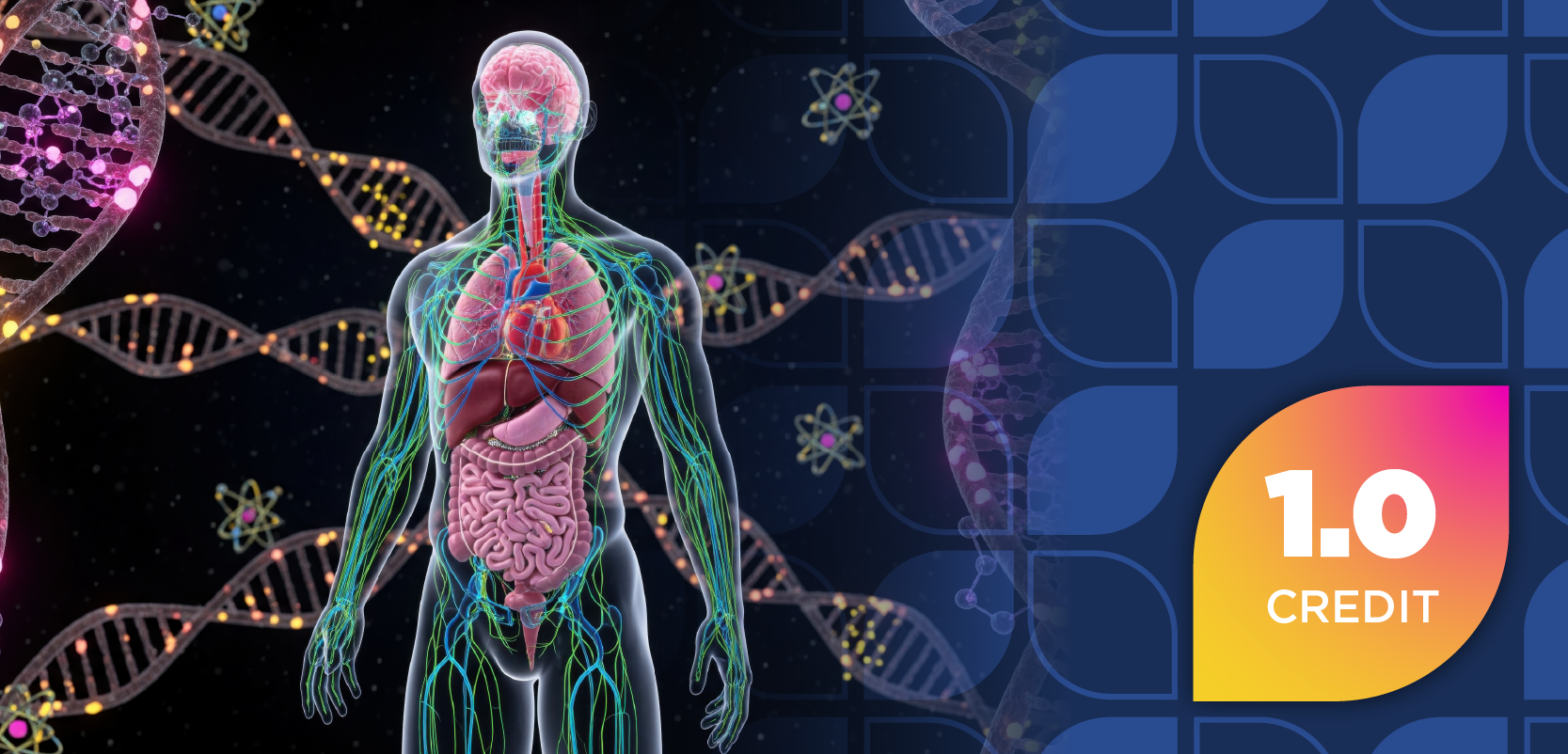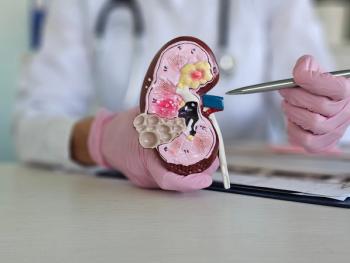
Radiation or Immune-Modulating Drugs Could Mitigate Resistance to CDK4/6 Inhibitors in Breast Cancer
Key Takeaways
- CDK4/6 inhibitors can create an immunosuppressive microenvironment in HR+/HER2– breast cancer, leading to treatment resistance.
- High levels of IL-17A and γδ T cells correlate with aggressive tumors and shorter survival in patients treated with CDK4/6 inhibitors.
Research reveals that combining radiotherapy or immune-modulating drugs with CDK4/6 inhibitors enhances treatment efficacy in HR+/HER2– breast cancer.
Adding radiotherapy or immune system-modulating drugs to CDK4/6 inhibitors may help mitigate immunosuppression of the tumor microenvironment in hormone receptor-positive (HR+)/HER2-negative (HER2–; HR+/HER2–) breast cancer, according to findings published in Nature Cancer. These data help reveal some underlying mechanisms that drive resistance to CDK4/6 inhibitors.1
HER2 mutations are the most common in breast cancer, accounting for approximately 70% of all cases. They are well established as markers and drivers of more aggressive disease and are highly associated with poor treatment responses and disease recurrence. CDK4/6 inhibitors are targeted therapies that demonstrate significant efficacy when combined with other agents in the context of treatment of HR+/HER2. However, resistance remains a key obstacle.2,3
The study findings revealed that CDK4/6 inhibitors, in some tumors, create an immunosuppressive microenvironment, compromising the efficacy of the treatment. Through a mouse model, the researchers uncovered a chain reaction of events in the tumor microenvironment following treatment with CDK4/6 inhibitors.3
After treatment, the mice released CCL2—a chemical that attracts a type of immune cell called γδ T cells, which produces IL-17A. When looking at human HR+/HER2– breast cancer blood and tissue samples, high levels of IL-17A and γδ T cells were linked to more aggressive tumors and shorter survival. In patients being treated with CDK4/6 inhibitors, those with more γδ T cells in their blood and higher levels of CCL2 in their plasma were more likely to have their cancer progress.1,3
Although immune cells are helpful, these chemicals change the behavior of nearby macrophages. Instead of fighting the tumor, these macrophages shifted into a state that helps the tumor grow and resist treatment, marked by a surface protein called CX3CR1.1,3
“The tumor reacts to CDK4/6 by generating this immunosuppressive microenvironment,” Lorenzo Galluzzi, PhD, senior author and associate professor in the Cancer Signaling and Microenvironment Research Program at Fox Chase, said in a news release. “Radiation therapy prevents that from happening.”3
The researchers report that the use of radiation therapy or immune system-modulating drugs can help mitigate the immunosuppressive tumor microenvironment and thereby improve therapy responses in patients. They plan to conduct a follow-up study to assess changes in the tumor microenvironment in the tumors of patients with HR+/HER2– breast cancer with CDK4/6 inhibitors combined with drugs that target gamma delta T cells or immunosuppressive macrophages.3
“The takeaway is, let’s give radiotherapy when we can,” said Galluzzi. “But when we cannot, now we may have 2 different alternatives that we can use instead to make these inhibitors better.”3
REFERENCES
1. Petroni G, Galassi C, Gouin III K, et al. IL-17A-secreting γδ T cells promote resistance to CDK4/CDK6 inhibitors in HR+HER2− breast cancer via CX3CR1+ macrophages. Nature Cancer. July 7, 2025. doi:10.1038/s43018-025-01007-z
2. Gerlach A. Study reveals alarming gaps in HER2 therapy access for patients with breast cancer. Pharmacy Times. July 1, 2025. Accessed July 8, 2025. https://www.pharmacytimes.com/view/study-reveals-alarming-gaps-in-her2-therapy-access-for-patients-with-breast-cancer
3. Fox Chase Cancer Center researcher helps find key resistance mechanism in breast cancer that could lead to more effective treatment. Fox Chase Cancer Center. July 7, 2025. Accessed July 8, 2025. https://www.foxchase.org/news/fox-chase-cancer-center-researcher-helps-finds-key-resistance-mechanism-breast-cancer-could
Newsletter
Stay informed on drug updates, treatment guidelines, and pharmacy practice trends—subscribe to Pharmacy Times for weekly clinical insights.



